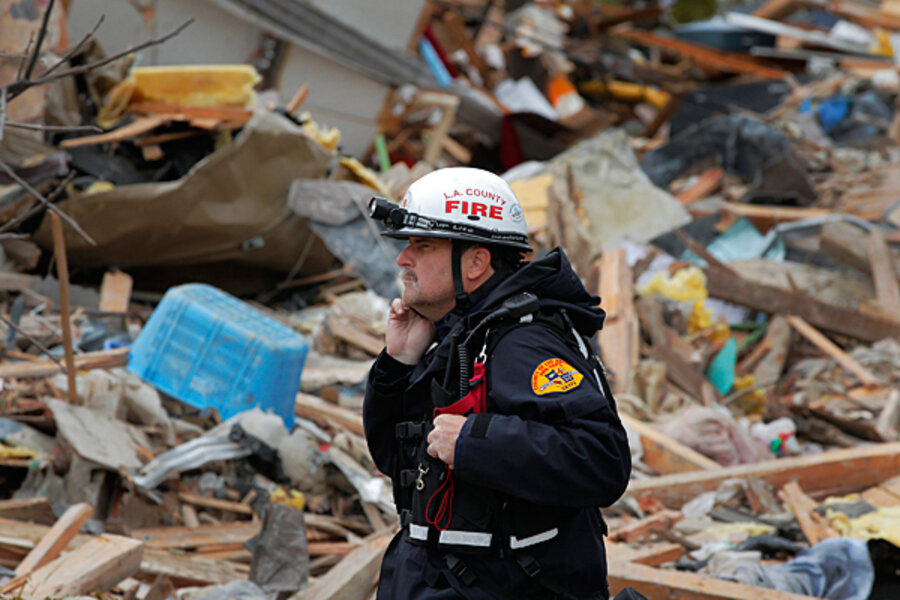The US is sending the largest contingency to Japan: 148 personnel and 12 rescue dogs hailing from Los Angeles and Fairfax County, Virginia. They will be mostly operating in Ofunato, about 100 miles northeast of Sendai and northwest of the earthquake's epicenter.
A US aircraft carrier, the USS Ronald Reagan, has been diverted from exercises near South Korea to the Japanese coast, where it is serving as a refueling platform for Japanese helicopters conducting search and rescue efforts. The US military has also been assisting with humanitarian aid drops when needed.
But Japan has an effective, well-oiled disaster relief infrastructure, making it more capable of responding to the earthquake and tsunami than any other country that could swoop in. The main thing it needs now is cash, which it can then use as it sees fit, according to USAID, which is tasked with coordinating US government assistance, NPR reported.
As of right now, $100,000 has been offered to Japan via the US embassy in Tokyo, according to an embassy briefing.





